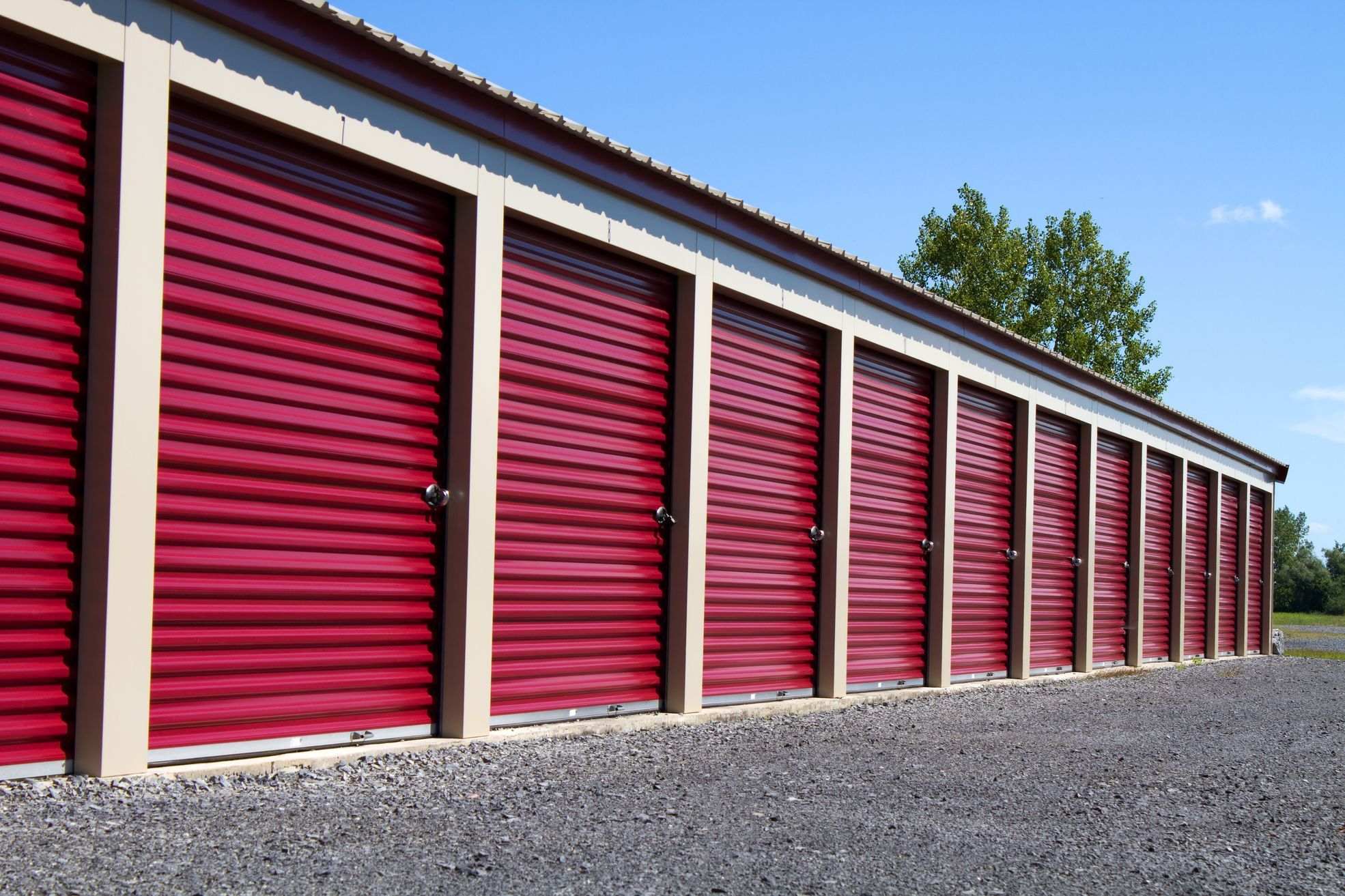

Making the decision on moving to a different climate can be exciting, but there are also many things you should know before taking the next step. Getting ready for a big lifestyle change across the world is intimidating and needs preparation in order to make sure everything goes as smoothly as possible.
Moving abroad can be an adventure, but also a stressful experience. So, before you go, you will require some essential information that every expat should know. By understanding the nuances of your chosen destination, you can ensure a smooth transition into your new home and avoid many common pitfalls associated with relocating across different climates. That’s why we’ve provided relocation tips and everything you need to know before making such an important change in your life.
Do Proper Research Before Moving to a Different Climate
Researching the destination where you plan to live abroad is an important part of the relocation process. Living overseas takes a lot of preparation and consideration about what to pack and what to leave behind, which documents are needed to travel abroad, and how to handle relocation stress. One of the important things to do before you move across the world is to research the climate of your new home. This should be done in order to be prepared for any drastic changes in temperature or weather. Let’s consider some relocation tips on how to research the climate of a new country before you move.
Researching Average Temperatures Is Essential
The first step in researching the climate of a new country is to find out what its average temperatures are. The best way to do this is by checking out reliable sources such as government websites or meteorological organizations (such as the National Weather Service). By having an idea of the average temperature, you’ll know whether to expect hot summers or cold winters and how much clothing you’ll need for each season.
Understand the Weather Conditions
It’s also important to research what kind of weather conditions and extreme weather events are common in your new home. For example, if you’re relocating abroad from a place with mild winters to one with heavy snowfall, it may be necessary to invest in winter tires for your car or even an all-wheel drive vehicle if one is available where you live. On the other hand, if you’re moving from somewhere colder to somewhere warmer, it may be time to invest in air conditioning units.
Check Out Travel Blogs and Local News Sources
Another great way to research climate conditions in another country is by checking out local news sources and travel blogs. These sources often have more detailed information than official government websites, as they tend to include firsthand accounts from locals who have experienced different seasons in their area firsthand. In addition, these sources often have great advice on both typical temperatures during each season and tips on how best to prepare for various types of extreme weather events that could occur in your new home.
Why It’s Important to Do Your Research
It is essential for people moving across countries – especially those relocating from one climate zone into another – to research their destination’s climate before they make their move. This will ensure that they are adequately prepared for any drastic changes in temperature or weather conditions they may experience when they arrive at their new home. Anyone relocating abroad alone or with family should get all the information they need about their destination country’s climate so that they can settle into their new home with ease.
You Will Need Time to Adjust
Relocating abroad to a new climate can be a daunting prospect. It will require an adjustment period for people to acclimatize and become accustomed to the surrounding environment. During this time, it is important to take advantage of all the local resources available in order to make the transition smoother. Ensure that you are prepared for any changes in temperature, humidity levels, and other environmental factors that may have an effect on your well-being during your transition. Additionally, researching local customs and culture can help you to integrate better into the new area and avoid culture shock.
It is also important to be aware of any potential health risks that could arise due to changes in climate. Allergies, skin irritations, and other environmental-related illnesses should be taken into account when relocating abroad. It is essential to visit a doctor to discuss any concerns you may have and to get the necessary vaccinations for your new home.

Think of Your Pets, Too
It’s true that pet owners will need to take the necessary steps to ensure their own well-being and transition into a new area by investing in reliable international moving services. But it is also important to consider how their pet will adjust as well. Here are the steps you should take to ensure your animal companion will adjust with ease:
- The first step when relocating with a pet is to research the local climate to ensure it is suitable for your pet’s needs. Some breeds of cats and dogs may not do well in extreme heat or cold, and other animals like fish, turtles, and birds may require a specific type of environment to survive. Additionally, researching any potential health risks that could arise due to changes in climate can help pet owners ensure their animals are safe and healthy.
- It is also important to familiarize oneself with any pet-related laws or regulations that may be in place at the new location. For example, some areas may have specific rules about what types of dogs can be kept or whether they must be registered with local authorities. Additionally, it is essential to get the necessary vaccinations and paperwork for your pet to ensure it can enter the country without any issues.
- Finally, it is a good idea to research any pet-friendly resources in the area that could help make things easier. This could include looking up veterinarians or pet groomers that are located nearby, as well as finding out about any pet-friendly parks or other activities that can help pet owners get to know the new area.
By taking into consideration all the necessary steps when moving overseas with a pet, pet owners can ensure their animal has a smooth transition and is well taken care of. The video below discusses how your pet handles season changes, so it might give you an idea of what to expect when you move to different weather conditions.

Being Prepared Means You Should Pack Wise
When moving to a different climate, it is important to be prepared and dressed for the weather. This means researching the temperature range and any extreme weather conditions that may occur so you can pack accordingly. Before you invest in packing services, determine what you will need. In the end, it’s not the same to pack for relocating to Hawaii or planning to live in one of the cities in Canada.
Sun protection items such as hats, sunglasses, and sunscreen are essential for hot and sunny climates. In addition to these items, bring clothing that is appropriate for the temperature range, rain gear in case of wet weather, insect repellent, and a first-aid kit. Depending on the climate, you may also want to bring special items such as mosquito nets, waterproof clothing, and thermal underwear.
On the other hand, proper clothing is a must when it comes to surviving any cold environment. Appropriate outerwear such as jackets, coats, sweaters, snow pants, thermals, hats, and scarves are essential for keeping warm in the winter months. Layering is key, so choose clothing that can easily be added to or taken away depending on weather conditions. Waterproof boots with plenty of insulation and traction are ideal for navigating slippery surfaces like snow and ice, while lighter shoes such as slippers are better for indoor activities.
Get Your Vehicle in Order
To prepare your car for moving to a different climate (and to hand it over for overseas vehicle shipping,) make sure it is in good working order. Check the oil, brakes, and tires before you leave. Make sure to also fill up the gas tank and check the air conditioning system. You may also want to have your car inspected by a mechanic for any potential problem areas that could be exacerbated in the new climate. Additionally, research the driving laws and road conditions in the area you will be moving to and plan accordingly. Make sure you bring any necessary paperwork along with you such as registration and insurance information.

The Coldest Countries in the World
The coldest countries in the world are located primarily in the polar regions, with their frigid temperatures and a lack of moderating influences from large bodies of water. The top five coldest places are all situated in the Arctic – Russia, Canada, Greenland, Finland, and Kazakhstan:
- If you’re considering relocating to Russia, you should know it is home to some of the most extreme cold temperatures, particularly the coldest temperature ever recorded on earth: -128.6°F (-89.2°C) in Oymyakon, Russia, in February 1933.
- Canada also has some of the coldest weather on Earth, with average winter temperatures dropping as low as -30°F (-34.4°C) in its northernmost regions.
- Greenland is the largest island in the world and its climate reflects its proximity to the Arctic Ocean – average January temperatures are as low as -20°F (-28.9°C) in its northernmost regions.
- Finland is one of the best European countries to live in. But before you decide to move there, you should know that it’s also located within the Arctic Circle and has some of Europe’s lowest temperatures – with an average winter temperature of -13.6°F (-25.2°C).
- Finally, Kazakhstan is located on the Eurasian Steppe and experiences extremely cold temperatures in its northern regions. Average temperatures in the northern city of Pavlodar drop to as low as -20°F (-29°C) during winter months.
Countries With the Lowest Temperature
Perhaps your reasons to move to some of these beautiful frost-bitten places include finding a job or perhaps deciding to move to another country for love. But just how low do these temperatures tend to drop? The table below lists some of the lowest temperatures ever recorded.
| Country | Lowest temperature in Fahrenheit | Lowest temperature in Celsius |
|---|---|---|
| Greenland (Denmark) | -125.28 | -69.6 |
| Russia | -122.04 | -67.8 |
| Canada | -113.4 | -63 |
| Tajikistan | -113.4 | -63 |
| United States | -111.96 | -62.2 |
| China | -104.4 | -58 |
The Hottest Countries in the World
If you’re wondering which are the hottest countries in the world, it’s those that are located close to the equator, as they receive more direct sunlight. This includes regions of Africa, South America, and Asia, such as India, Nigeria, Saudi Arabia, and Kuwait. These countries experience higher surface temperatures than other regions, resulting in a hot and arid climate year-round. The air can become stiflingly hot during the day, and nighttime temperatures remain high even after the sun sets. The top five hottest countries in the world include the following:
- Mali – this country has a dry and hot climate with little rainfall.
- Burkina Faso – it has a tropical savanna environment that keeps it warm throughout the year, with long stretches of hot, dry weather and a brief rainy season.
- Djibouti – it has an arid and hot desert climate, where afternoon temperatures vary between 82°F to 93°F.
- Bahrain – this country, located in the Persian Gulf, is characterized by desert plains and an arid and dry climate.
- Senegal – this African nation has a tropical environment and consistently warm temperatures all year long. The country experiences heavy rainfall, and the topsoil is generally damp.
Prep for the Weather and Call Your International Moving Company
Preparing for the weather should be a top priority before planning a move overseas. And there is no better way to handle moving internationally than to let a reliable international relocation company take care of everything. Relocations are stressful, but they don’t have to be – yours is to think about your new life, away from home, while the professionals pack, carry and handle your stuff. And in the end, don’t forget to tip them for a job well done.









